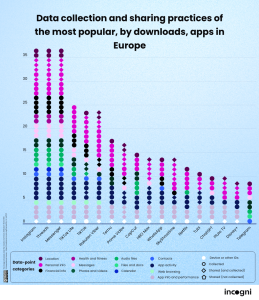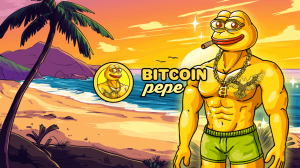Why social media users deserve an upgrade

If Karl Marx were around today, he would be forced to concede that social media is the opium of the people. The current internet generation is beholden to TikTok, YouTube, Snap, Insta et al: platforms that control their data, their identity, and their freedom to interact with their fellow humans.
As the saying goes, if you’re not paying for the product, you are the product. While few begrudge social media giants the right to monetize, there is a growing sense that this has come at the expense of user experience. As disaffection with social media giants grows, web3 platforms have been making overtures to webizens. But can new tech make social media great again, or is it irreparably broken?
Time, money, and social media
It might not seem like it as we watch our 100th TikTok in a row, but time is the greatest resource we have. That’s why we grumble when our social media binging is interrupted by adverts and pop-ups. Gripe as we might, however, web2 is monetized this way because it works. The user experience might suck, but for as long as users suffer the constant interruptions and privacy intrusions, social media platforms will continue foisting them upon them.
If web users are to take control over their social media experience, they will also need to take the ball and play elsewhere on platforms whose business model is radically different. In practice, this means venturing into web3: blockchain-connected platforms that allow users to choose what they value more: time or money.
Web3’s take on the Attention Economy
In the digital age, there is increased competition for people’s attention, which has become a valuable commodity.
The attention economy, as it’s known, has prompted the rise of new business models such as targeted advertising and subscription-based services, which rely on capturing and retaining user attention in order to generate revenue. Nowhere has this monetization model been more eagerly latched onto than in web3.
The core principles of web3 are user sovereignty, privacy, and freedom from opaque data storage and reselling. But if web3 platforms aren’t able to sell user data, how are they meant to generate revenue?
Snapmuse provides a case study in what a user-centric social media platform might resemble. It’s designed to directly connect creators and their fans, allowing vloggers to directly monetize from their staunchest supporters who earn exclusive perks in return.
This business model, which is radically different to the tried-and-tested ad model favored by web2, relies on a few things to make it work.
Firstly, creators need to build and maintain an audience that feels passionately about their content and is willing to subsidize it. It also requires viewers and creators alike to break the chains of web2, eschewing the familiar confines of YouTube for the brave new world of web3.
Convincing web users to migrate to new social media platforms is something of a chicken and the egg problem – which Snapmuse is solving with a carrot and a stick. The web3 platform has been seeing success through convincing influencers to migrate, taking their most ardent fans with them. With YouTubers receiving just 55% of the ad revenue their shows generate, there are ample incentives for creators to take their business elsewhere.
Giving a voice to the voiceless
Not everyone is willing to spend money on supporting their favorite creators; in fact the majority would rather suffer ads and trackers galore than dip into their own pocket, even for creators whose shows they love. But if a fraction of fans are prepared to pay for content, it’s enough to create a robust economy in which creators are fairly remunerated for their time and viewers for their attention.
The emancipation of social media users is long overdue. For too long, the viewers of popular video platforms and users of social media networks have been treated as product, not people. There to be advertised at, targeted, tracked, and monetized, disenfranchised and – should they voice discontent – deplatformed.
Social media users deserve an upgrade. Web3 might not be for everyone, but if it captures a slice of the attention economy, it will have liberated millions and leveled the playing field for creators and viewers alike.













